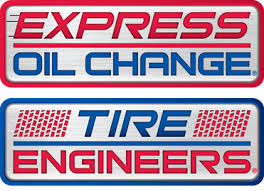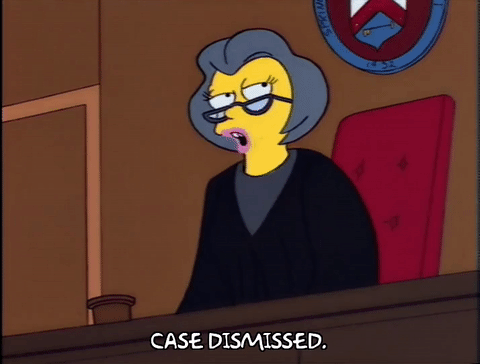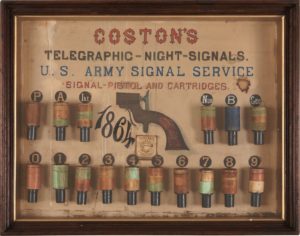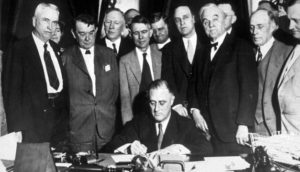 Fishback Nursery v. PNC Bank involved a lien dispute between two branches of creditors of a failed farm – the bank, and two nurseries who sold millions of dollars of trees and shrubs to the farm. That dispute turned on a choice-of-law analysis, as to which the Fifth Circuit observed:
Fishback Nursery v. PNC Bank involved a lien dispute between two branches of creditors of a failed farm – the bank, and two nurseries who sold millions of dollars of trees and shrubs to the farm. That dispute turned on a choice-of-law analysis, as to which the Fifth Circuit observed:
- It was fruitless for the nurseries to rely on choice-of-law provisions in contracts between them and the farm, as this dispute was between the nurseries and the bank, who was not involved in those contracts;
- Similarly, the nurseries barked up the wrong tree by relying upon a Restatement provision about contract disputes: “This case—as we have taken pains to emphasize—involves not a contractual dispute but rather a dispute over competing lien priorities in a bankrupt company’s assets. Analysis of choice-of-law in lien priority disputes begins, not with section 188, but with the ‘most significant relationship’ test in section 6.”
- And, that analysis is straightforward where Article 9 of Texas’s UCC has a specific provision about these disputes (that priority is determined by the law of the state where the agricultural products are located).
Finding that the district court’s analysis was well-rooted in these observations, the Court affirmed. No. 18-10090 (April 10, 2019).













































 pects of a deed of trust. With respect to when a servicer could pay the borrower’s property taxes by the servicer, the key provision used the fact-specific phrase “reasonable or appropriate”; other provisions both suggested that the power was limited to back taxes, but also that it could be made “at any time.” Accordingly, “Wease was entitled to proceed to trial on his claim that Ocwen breached the contract by paying his 2010 taxes before the tax lien attached and before they became delinquent.” This analysis led to finding a triable fact issue as to whether Ocwen provided adequate notice of its actions.
pects of a deed of trust. With respect to when a servicer could pay the borrower’s property taxes by the servicer, the key provision used the fact-specific phrase “reasonable or appropriate”; other provisions both suggested that the power was limited to back taxes, but also that it could be made “at any time.” Accordingly, “Wease was entitled to proceed to trial on his claim that Ocwen breached the contract by paying his 2010 taxes before the tax lien attached and before they became delinquent.” This analysis led to finding a triable fact issue as to whether Ocwen provided adequate notice of its actions.  ned to the “good faith” defense to a claim under the Texas Uniform Fraudulent Transfer Act – a defense that potentially allows an innocent third-party to retain the benefit of a transfer made by a debtor with intent to defraud creditors. The specific question was whether the Texas Supreme Court would accept a “futility” defense to inquiry notice, and the Court concluded that it would not: “No prior court considering TUFTA good faith has applied a futility exception to this exception, and we decline to hold that the Supreme Court of Texas would do so. Transferees seeking to retain fraudulent transfers might offer up evidence of undertaken investigations to prove a reasonable person’s suspicions would not have been aroused when the transfer was received. But the fact that a fraud or scheme is later determined to be too complex for discovery does not excuse a finding of inquiry notice and does not warrant the application of TUFTA good faith.” No. 17-11526 (Jan. 9, 2019).
ned to the “good faith” defense to a claim under the Texas Uniform Fraudulent Transfer Act – a defense that potentially allows an innocent third-party to retain the benefit of a transfer made by a debtor with intent to defraud creditors. The specific question was whether the Texas Supreme Court would accept a “futility” defense to inquiry notice, and the Court concluded that it would not: “No prior court considering TUFTA good faith has applied a futility exception to this exception, and we decline to hold that the Supreme Court of Texas would do so. Transferees seeking to retain fraudulent transfers might offer up evidence of undertaken investigations to prove a reasonable person’s suspicions would not have been aroused when the transfer was received. But the fact that a fraud or scheme is later determined to be too complex for discovery does not excuse a finding of inquiry notice and does not warrant the application of TUFTA good faith.” No. 17-11526 (Jan. 9, 2019).